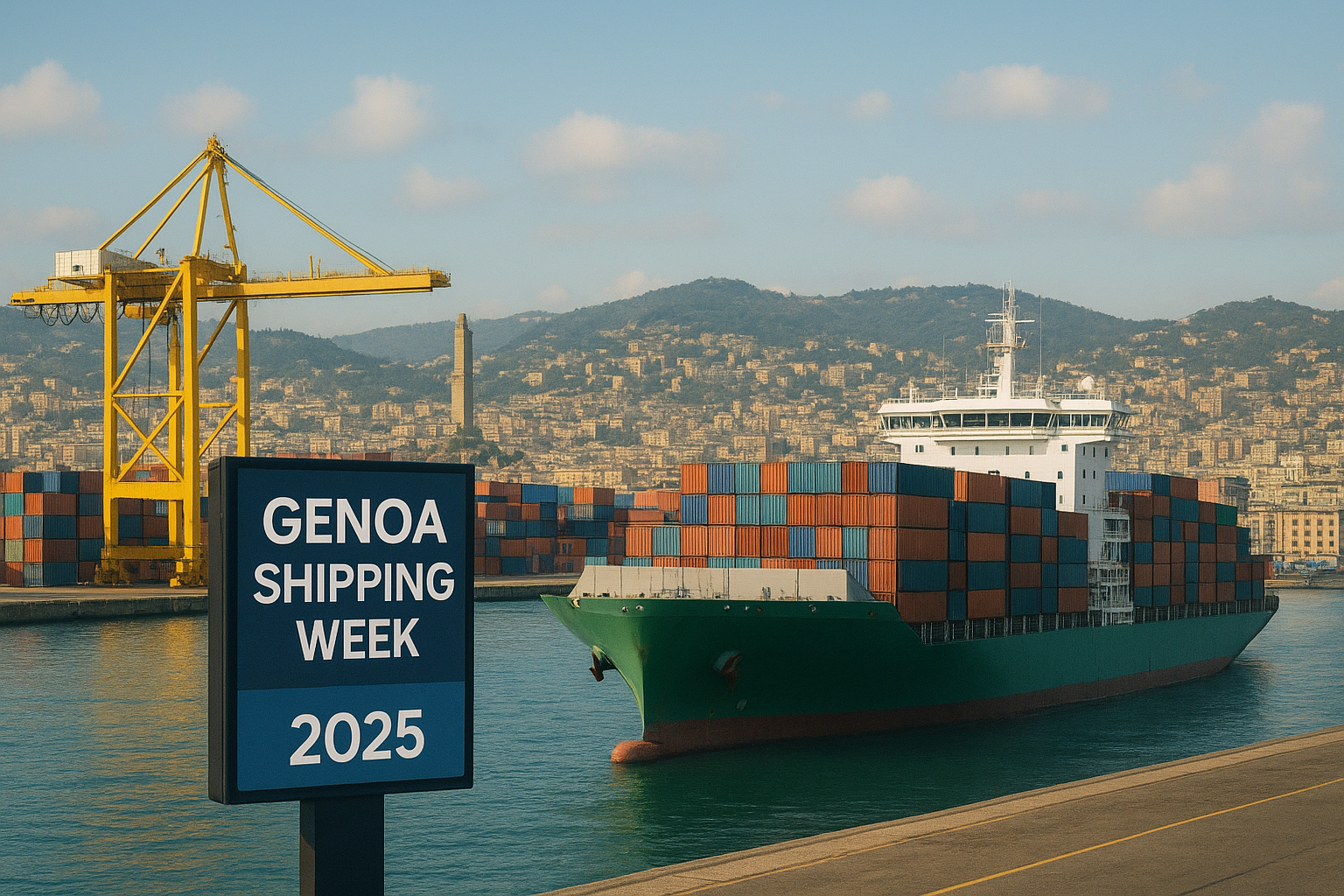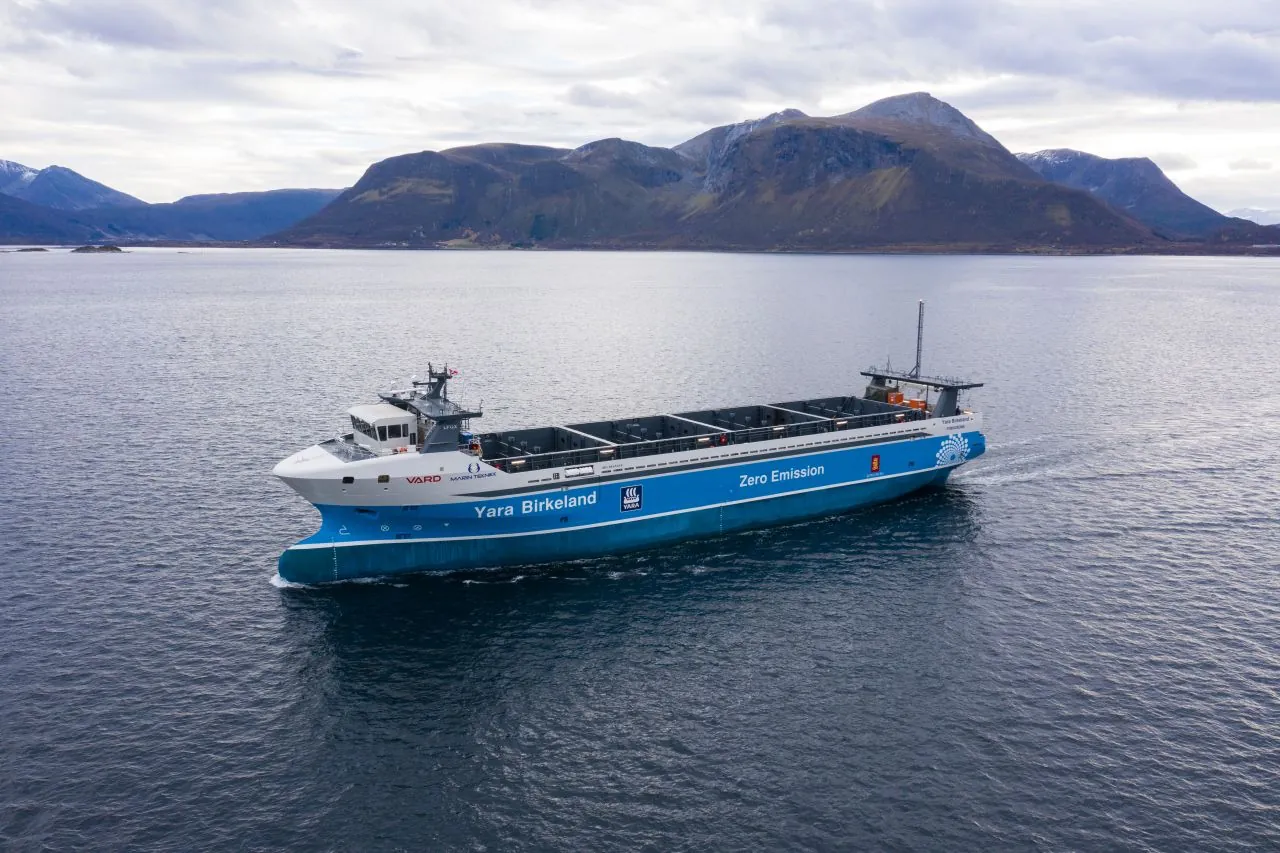The freight market on the Far East-Europe corridor is currently experiencing a peculiar paradox. Spot ocean rates are under heavy pressure and have fallen drastically despite a persistent shortage of vessels. This is in contrast to basic market fundamentals and similar shortages experienced last summer. This suggests a new dynamic is at play, with some analysts pointing to a “rate war” among major carriers for market share.
The Tonnage Gap vs. Plummeting Rates
According to the Alphaliner newsletter, liner operators on the Far East-Europe route are facing a significant capacity deficit. To operate the 31 liner services with weekly sailings of the major alliances (OCEAN Alliance, Gemini Cooperation, Premier Alliance) and MSC stand-alone services, 461 vessels are required. However, only 425 are currently deployed by these players, creating a shortfall of 36 vessels (approximately 504,000 TEU of vessel capacity).
Ordinarily, such an under-supply would drive rates up, however, the current market has defied this logic. Spot rates from Shanghai to North Europe have declined 45% over the past ten weeks, with double-digit decreases in the last three weeks alone. The Reason could be a “Tug of War” on prices and a Race for Market Share fueled by several factors:
- A Bulging Order Book: A record-high new vessel order book, totaling 10 million TEU, represents 30.4% of the existing global fleet, creating pressure to fill this incoming capacity. Carriers are competing now on prices to increase their market share to ensure vessel fulfilment in the future.
- Uneven Tonnage Shortages: The vessel shortage is not affecting all carriers equally. While the Gemini Cooperation (Maersk and Hapag-Lloyd) and the Premier Alliance (ONE, HMM and Yang Ming) have most of their ships in place, the OCEAN Alliance faces the biggest challenge. For example, the Evergreen-operated ‘CES’ service is the worst hit, deploying only 8 of the 14 needed to offer weekly sailings. This disparity may be encouraging better-equipped carriers to compete more aggressively on price.
- FOMO and New Alliances: The introduction of new carrier alliances at the start of the year has prompted a push for market dominance, with carriers exhibiting a “fear of missing out” (FOMO).
Rate pressure is not felt everywhere
Interestingly, this rate pressure is not universal. While Asia-Europe rates fall, Transpacific spot rates have surged. Rates from Shanghai to Los Angeles/Long Beach increased by 44% in the last three weeks, driven by strategic blank sailings from carriers and front loading from importers before the end of the “de minimis” exception.
In conclusion, the conflicting signals in the container market are not a sign of chaos, but rather evidence of a fundamental shift in supply chain philosophy. The industry is moving away from the lean “just-in-time” model and embracing a more resilient “just-in-case” approach. In this new environment, predictability and reliability are becoming as important as cost. Viewed through this lens, the aggressive rate war on the Far East-Europe route is a calculated, long-term play for market share. With a massive order book of new vessels on the horizon, carriers are competing to position themselves as essential partners for businesses building more durable supply chains for the future. This strategy aligns with the changing priorities of shippers, who, after years of volatility, now seems to place a higher value on security and dependability.






